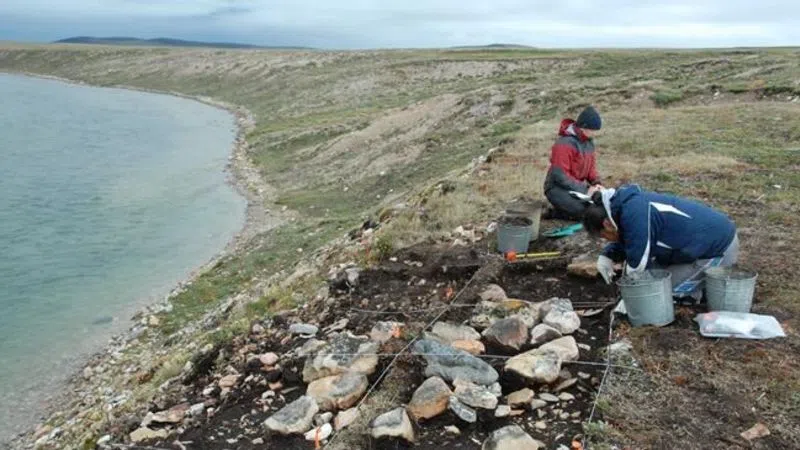
DNA analysis suggests Dene descended from first North Americans
The Indigenous people of Canada’s Western Arctic are descendants of some of the first humans to live in North America, new genetic research suggests.
A paper published Wednesday in the scientific journal Nature has found the Dene, who live across much of the northern part of the continent and into the southern United States, have roots thousands of years older than previously thought.
“It shows the origin of an entire people,” said University of Toronto archeologist Max Friesen, one of the paper’s 35 co-authors.


